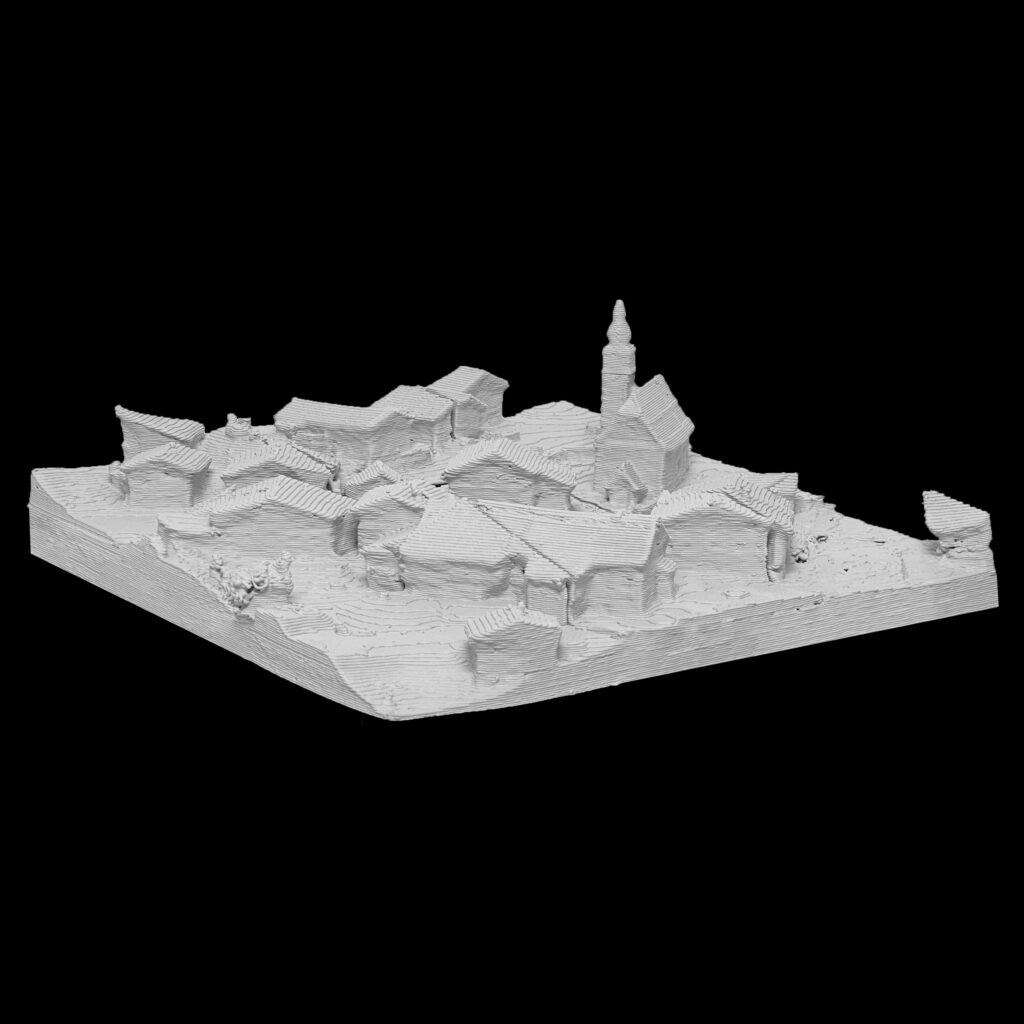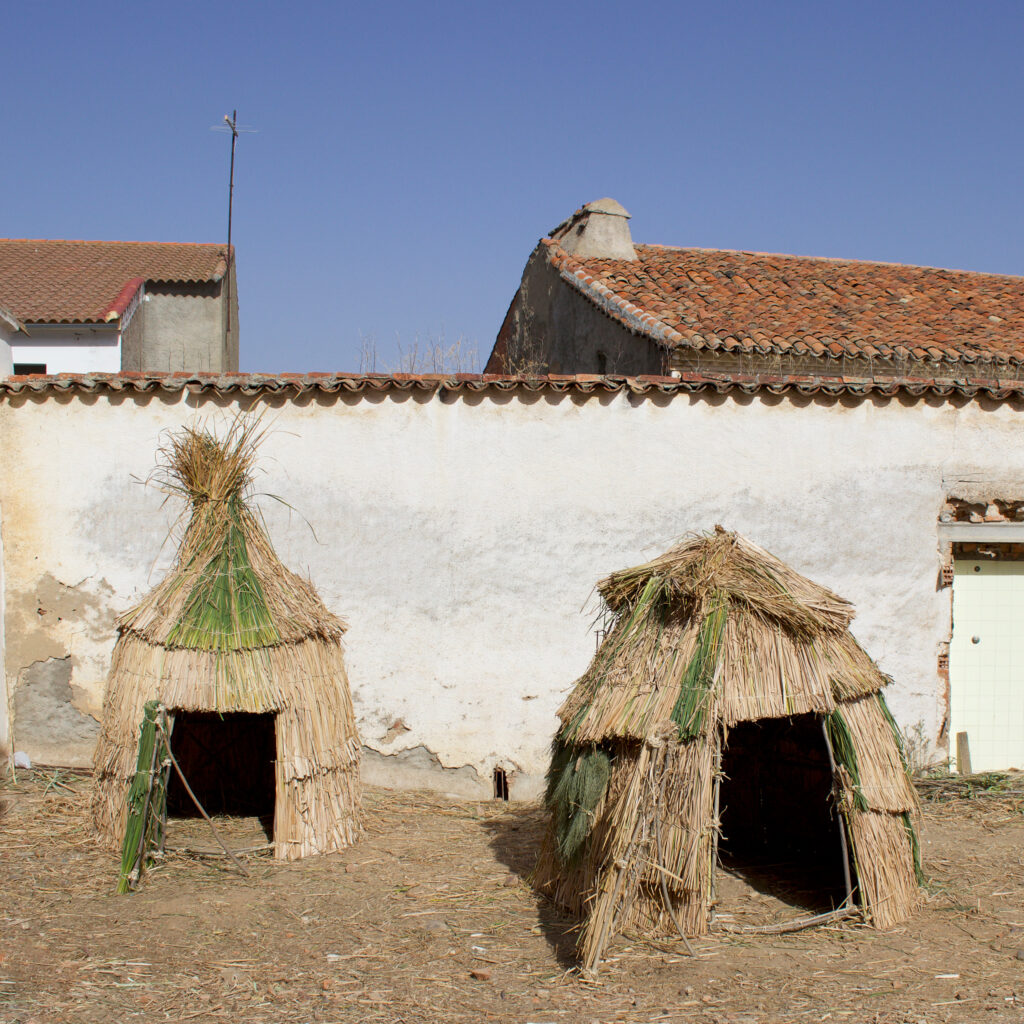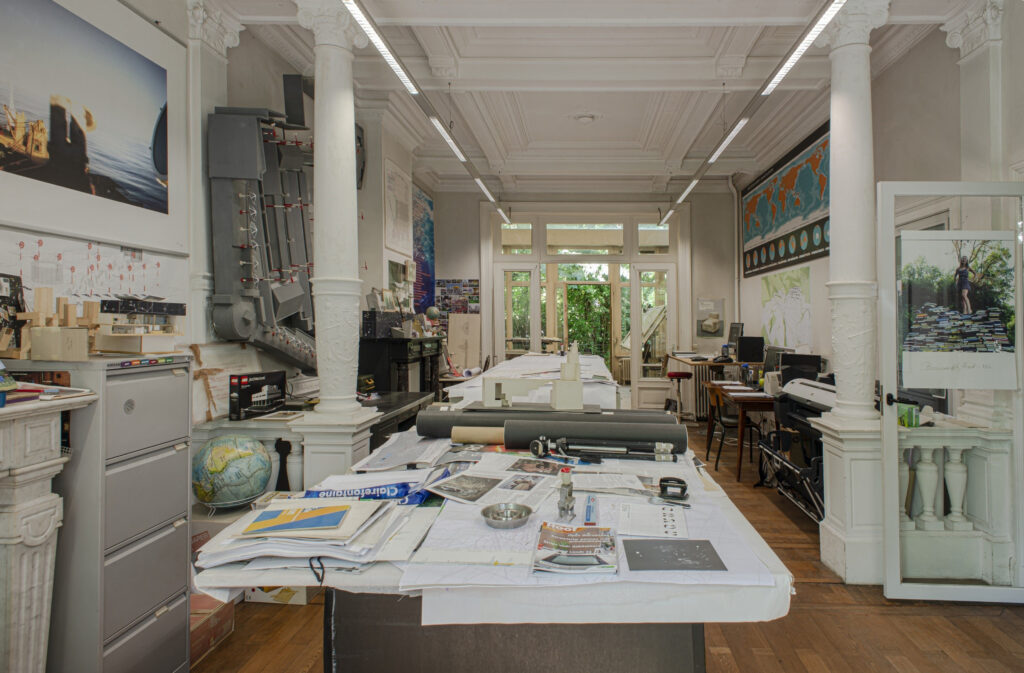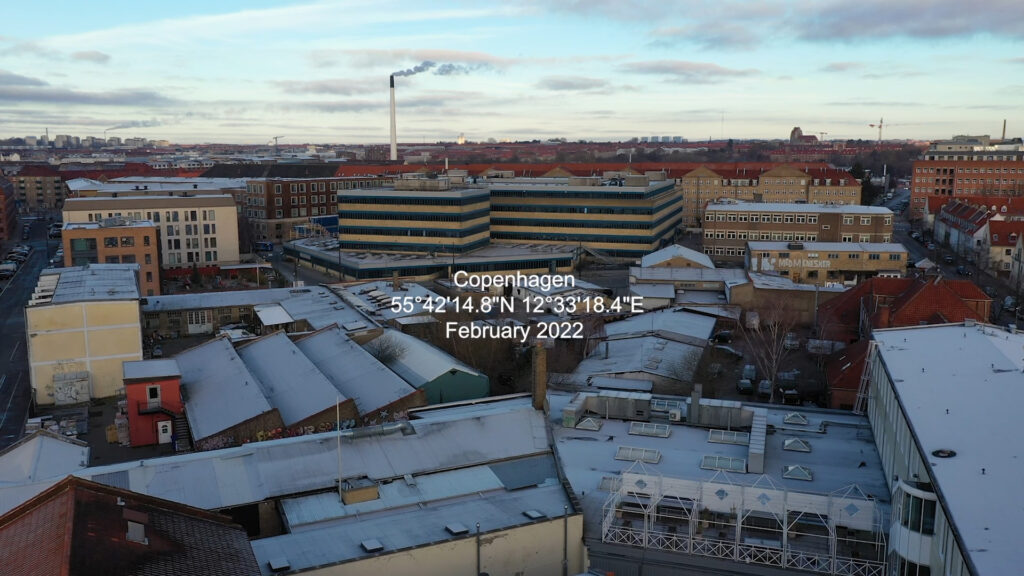Exhibition
Model
TACK Exhibition Object
Clay 3D Print of Urmein

The model displayed here, a Clay 3D Print of Urmein, a rural village in Switzerland, highlights the exploratory path that architects often take when new technologies become available. The model is based on information drawn from photogrammetry and drone footage, and has been produced by a clay printer intended for pottery – all tools that do not typically belong in the architect’s toolbox.
Martin Roesch
Nicola Graf
Exhibition
Model
TACK Exhibition Object
View
Clay 3D Print of Urmein
Martin Roesch
Nicola Graf


© TACK
The model displayed here, a Clay 3D Print of Urmein, a rural village in Switzerland, highlights the exploratory path that architects often take when new technologies become available. The model is based on information drawn from photogrammetry and drone footage, and has been produced by a clay printer intended for pottery – all tools that do not typically belong in the architect’s toolbox.
















